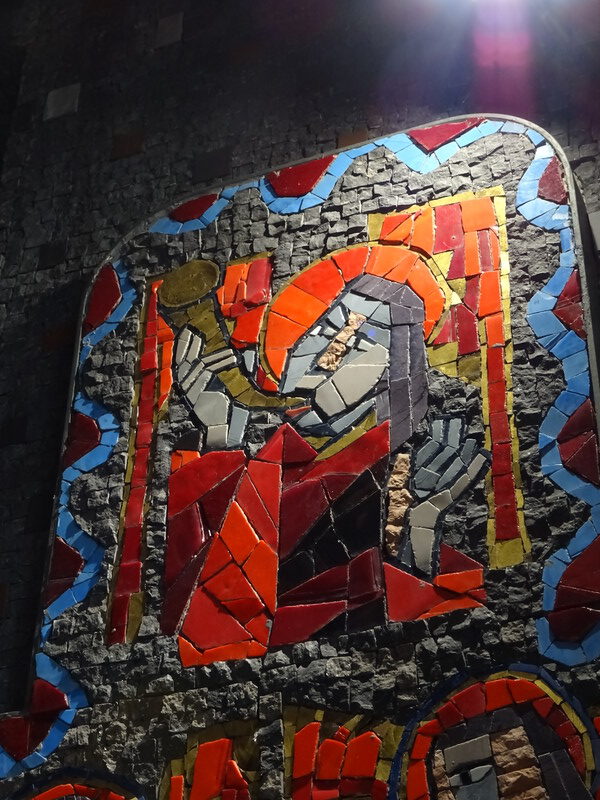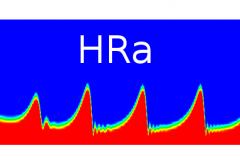
Liebe Leserinnen und Leser,
wieder geht ein Jahr zu Ende. Mit Musik stimmen wir uns auf das Weihnachtsfest ein. Der Pianist Dave Brubeck machte das Album A Dave Brubeck Christmas. Ella Fitzgerald swingt fröhlich auf Ella wishes you a swinging Christmas. Und der Norweger Bugge Wesseltoft spielt sehr gekonnt ganz langsam auf seinem Album It’s snowing on my piano, das man sich den ganzen Winter über anhören kann.
Dieses Jahr war für mich musikalisch das Jahr der Miniskalen. Natürlich hätte ich gerne viel mehr geübt und mich sonst ausgeruht. Immerhin habe ich sehr wohl Fortschritte auf Saxophon und Klavier gemacht.
Ich wünsche Ihnen frohe Weihnachten und einen guten Rutsch ins neue Jahr!
Viele Grüße aus Paderborn,
Henning Raach

